Lichens contribute such beautiful colors to our redwood forests, growing elegantly on trees, fallen logs, and rocks. Each lichen you see is actually a symbiotic partnership — algae or cyanobacteria wrapped up in a fungal package. Thanks to canopy biologists Rikke Reese Næsborg, Cameron Williams, Marie Antoine, and Stephen Sillett, those of us on the ground now have a window into the tremendous lichen diversity aloft in the redwood forest canopy! Below are a few close-up portraits and descriptions by Rikke Reese Næsborg of the amazing lichens found in the tree tops of Muir Woods National Monument during BioBlitz 2014.
See photos of the lichens being collected in the Muir Woods canopy by reading last week’s blog post, First Canopy Exploration at Muir Woods.
This is a pin lichen (Calicium abietinum) — a tiny lichen that has a powdery mass of spores on top of a stalk. You need a hand lens to really see them since they are only 0.02-0.03 inches tall. This species is fairly common, but other pin lichens are very rare and only found in old-growth forests, like Calicium sequoiae.
Lace lichen (Ramalina menziesii) is very appropriately named since its branches have net-like perforations. This greatly enhances the surface area and enables it to better absorb moisture and nutrients from the air. It is mainly found in the fog belt along the coast. It has been proposed as the state lichen of California, so it may soon obtain the same recognition as California poppy (state flower), black bear (state animal), and not least coast redwood (state tree).
Loxosporopsis corallifera is only known from Alaska down to the coast of Northern California. With the discovery in Muri Woods, the known geographic range for this species may need to be expanded. It is a small lichen that is firmly attached to the bark and it consists of many small “spaghetti strands” called isidia that serve to disperse the lichen by breaking off and inhabiting new locations.
This is red beard lichen (Usnea rubicunda). Unlike the old man’s beard (pictured below), this lichen is more shrubby and more red in color. It is commonly found on branches of oaks and conifers in Pacific Northwest forests.
A magnified image of the tree hair lichen (Bryoria fremontii). Formally, this lichen was considered a separate species (Bryoria tortuosa) because of the visible yellow layer below its cracked surface. Recent genetic analysis revealed however that it was in fact Bryoria fremontii despite this defining characteristic.
This is Methuselah’s Beard or old man’s beard (Usnea longissima), a lichen that only recently was documented in Marin County. It is rare in California, but is slightly more common in northern forests. The lichen consists of very long (up to 10 feet) strands with short even side branches and it festoons tree branches. It may have been the inspiration for tinsel on Christmas trees.
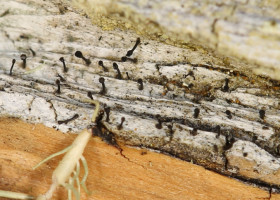
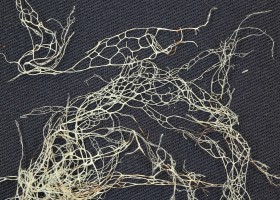
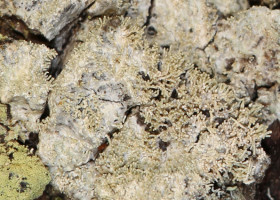
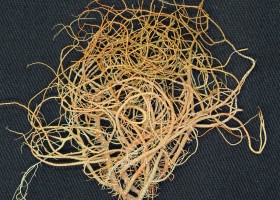
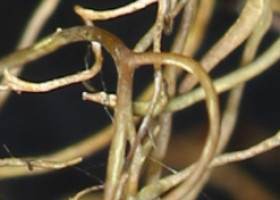
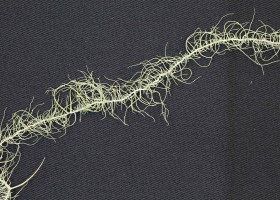

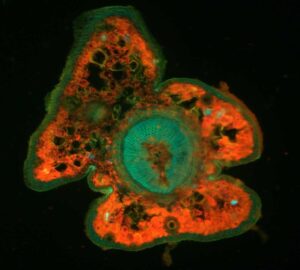
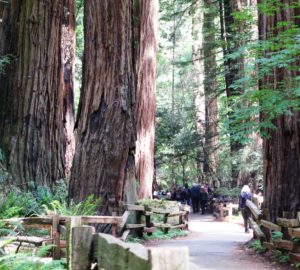
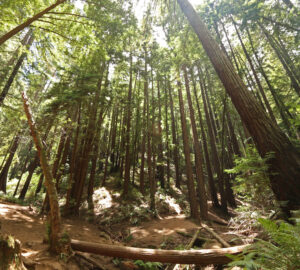
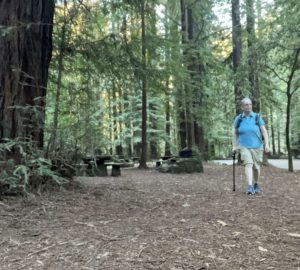
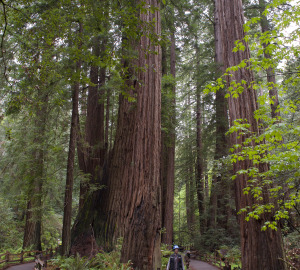
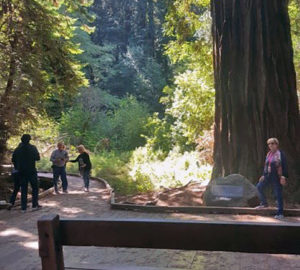
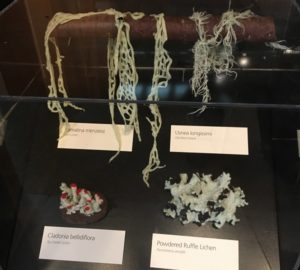
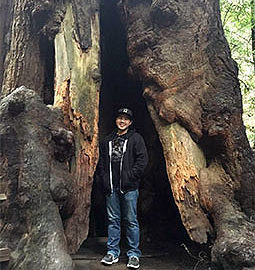
2 Responses to “Meet the Treetop Lichen”
Cindy
Can you point me toward a resource that can tell me how lichens benefit the forest, or the role they play in the ecosystem?
Caleb Castle
This article on lichen by the National Park Service gives more insight into these unique organisms!